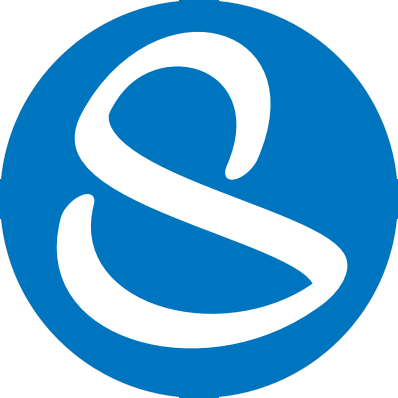“Today’s standardization is the necessary foundation on which tomorrow’s improvement will be based. If you think of ‘standardization’ as the best you know today, but which is to be improved tomorrow – you get somewhere. But if you think of standards as confining, then progress stops.”
Henry Ford
Standardized work is one of the core disciplines of the Toyota Production System (TPS) in which jobs are specified down to the second to match takt time – the rate of customer demand. Standardization, coupled with a culture of discipline are the most powerful weapons a product development organization can bring to bear against the destructive power of variation identified (queuing theory). Standard development processes build trust, enable development speed through precise synchronization and are key to successfully managing the very complex process of developing new vehicles.
Three Categories of Standardization
There are three broad categories of standardization in the lean Product Development (PD) system: design standardization, process standardization and engineering skill-set standardization.
- Design standardization: This is standardization of product/component design and architecture. It includes the use of proven, standard components shared across vehicle models, building new model variations on common platforms, modularity, and design for (lean) manufacturing standards that creates robust, reusable design architecture.
- Process standardization: This involves standardizing tasks, work instructions, and the sequences of tasks in the development process itself. This category of standardization also includes the downstream processes that test and manufacture the product.
- Engineering skill-set standardization: This is standardization of skills and capabilities across engineering and technical teams. It is based on a deep commitment to people development and growth through demonstrated competencies. It is quite powerful and often overlooked
In Summary:
Utilize rigorous standardization to reduce variation and create flexibility and predictable outcomes
In a lean PD system, you need to standardize products, processes, and competence to create a foundation for flexibility and speed. Standardization is critical to the LPDS because it underpins many of the other LPDS principles by reducing variation, subsequently, creating greater flexibility and more predictable outcomes.
In LPDS, there are three types of standardization: design standardization, process standardization and skill-set standardization, all of which are necessary to drive out waste and achieve a truly lean system. Design standardization is manifested in engineering checklists, standard architecture, and shared/common components and platforms. Process standardization refers to both the development and manufacturing processes and is housed in individual component plans (senzu) and detailed manufacturing process plans. Standardized skill-sets are developed through careful mentoring, strategic assignments, and periodic assessments of demonstrated competencies. The functional organizations own, maintain, continuously improve, and execute standardized designs, processes, and skill sets.
Source: Liker, J.K and Morgan, J.M, The Toyota Product Development System: Integrating People, Process and Technology, Productivity Press, 2006
